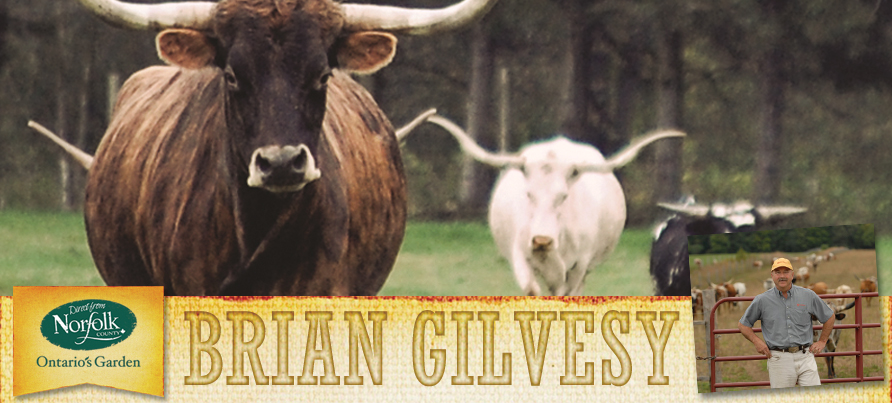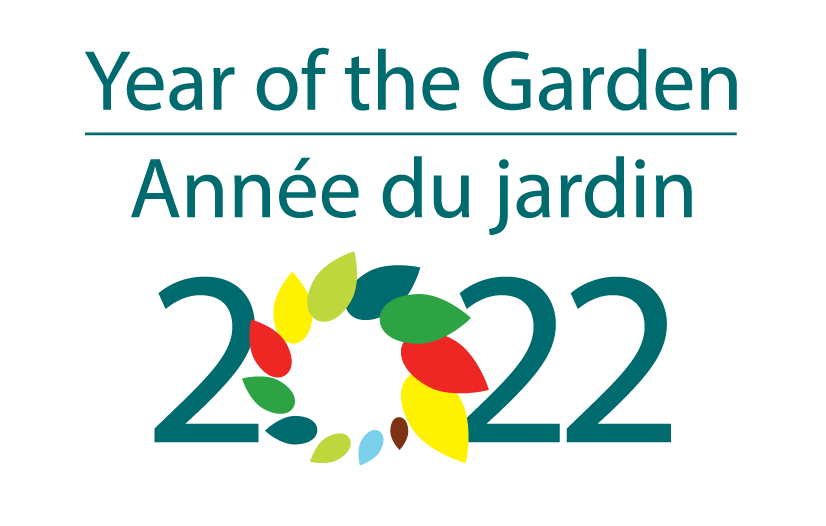
QUICK PROFILE
WHO: Bryan Gilvesy
WHERE: Tillsonburg
WHAT: Ranching
Most farmers look at a crop field and see profit, or hope to. When farmer Bryan Gilvesy looks over his 44 acres of native tall-grass prairie in Norfolk County, Ont., on Lake Erie, he sees truly green fields.
By planting this ancient “crop,” which once covered much of Southern Ontario and is now one of the most endangered in North America, he is also showing that farmers can become leaders in combating climate change.
These native grasses thrive in draught, extreme heat and poor soils. The roots, which plunge up to 16 feet into the ground, can sequester as much as 1.8 metric tons of carbon per acre.
The extensive cover, up to seven feet high, can either feed livestock or produce a biofuel that regenerates year after year without damaging inputs, making it far superior to corn. So what the former tobacco farmer turned environmental visionary would also like to see when he looks out over his grand experiment is payment for producing not only food but clean air, water and soil.
Gilvesy is the chair of the Alternative Land Use Services (ALUS) project in Norfolk County, which is developing a new model for farm support that could shift Canadian agriculture into a greener future.
The farmer-driven initiative has cobbled together a small, $1 million budget from 16 funding sources to run a three-year pilot that pays farmers $150 annually for every acre they devote to ecological functions, the rental rate for cropland in the area.
“We need to pay farmers in order to engage them to protect nature,” says Gilvesy. “Farmers are highly skilled water managers. Farmers understand soil. They’re experts at sequestering carbon. Farmers are excellent stewards of the land. Paying farmers attaches a value on ecological services they provide that all of society benefits from.”
The incentive is clearly effective. In just two growing seasons and with just one staff person, 53 farming families that work some 6,300 acres have managed to convert 438 of those most vulnerable acres into waterway buffers, wetlands, pollinator hedgerows, prairie grass and native Carolinian forest and oak savannah.
The project is a small green example of what agriculture, globally, must pursue on a grand scale. Agriculture and food production in North America and Europe are major contributors to greenhouse gasses (accounting for up to 20 per cent of emissions per country), and industrial agriculture is responsible for extensive degradation of the world’s waterways. The European Union overhauled its agricultural subsidies to support environmental stewardship and ecological food production. But Canada’s new agricultural policy, unveiled this year, remains stuck in the past, with no strong targets for reducing the sector’s environmental impacts.
Implementing ALUS across Canada, according to a review commissioned by the Delta Waterfowl Foundation, would conserve 36 million acres of environmentally sensitive areas on private farmland – the size of the state of Michigan – and deliver $820 million in societal benefits through greenhouse gas sequestration alone. The work of Gilvesy and his band of Norfolk farmers has grabbed the attention of major conservation organizations, farming groups and local food enthusiasts. Last spring, 78 of them formed the Ontario ALUS Alliance to press for government funding to continue growing ALUS across the province. The Ontario government has resisted, and the program has generated little interest at the federal level.
Gilvesy remains undeterred. He sees ALUS as the future of farming.
This exceprt was originally written by Margaret Webb for The Toronto Star.
More Information: YU Ranch (link to partner listing)


